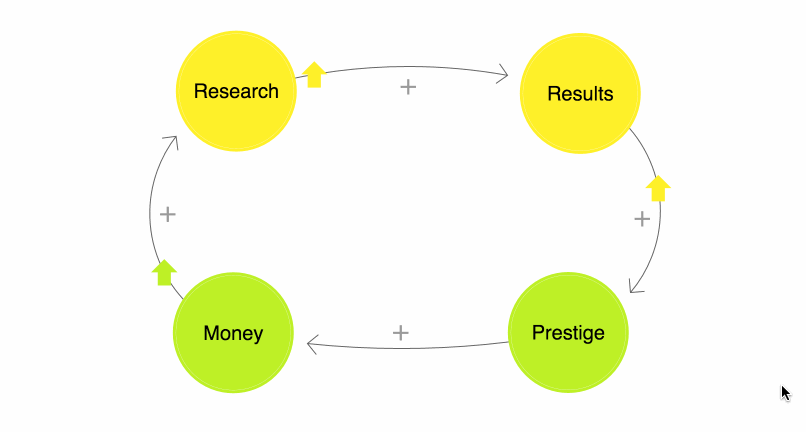Outside of emoji researchers, lots of people still forecast disaster or dream of universal communication even if most of us are confident that neither is nigh. Despite our protests, emoji inspire visions of apocalypse and utopia.
As with many linguistic resources (sounds, words, syntax), people use emoji to grind all sorts of axes. For example, people who say that women use more emoji than men are usually making some point that the data don't support. The first step in such an analysis is to ignore or discount the fact that, say, Snoop Dogg and Kyle MacLachlan are among the biggest emoji users in the world.
In this talk, I'll demonstrate how ideologies of emoji work themselves out across 870 journalists that political scientists have separately scored as liberal, conservative, or centrist. This lets us compare objective vs. subjective stances and inverts the idea that gender explains emoji to show how it is that emoji are a way that people "do" gender differently based on their political commitments.
Read More
















